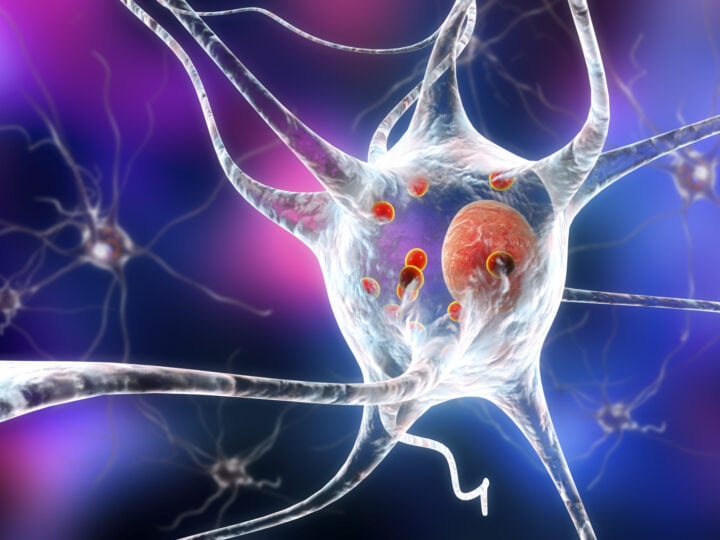Accurate and noninvasive artificial brain stimulation is one of the holy grails for neuroscientists looking to advance brain research and treatment.
Ultrasonic neuromodulation – exciting the neurons using ultrasound waves – shows great promise as a way to complement or even replace treatments that require risky surgical insertion of electrodes through the skull.
Researchers from the Russell Berrie Nanotechnology Institute at Technion-Israel Institute of Technology in Haifa have added critical new insights to the understanding of the mechanisms that enable ultrasonic neuromodulation to activate and suppress brain cells.
In a study just published in the journal eNeuro, professors Shy Shoham and Eitan Kimmel and PhD student Misha Plaksin reveal that the ultrasound’s waveform pattern dramatically affects its interaction with neurons, and consequently certain ultrasound patterns have a different effect on different types of neurons.
This understanding makes it possible to predict the outcome of complex interactions in realistic brain neural networks and to improve the use of ultrasonic neuromodulation in the noninvasive medical treatment of neurological diseases.
“Right now, the brain is still something of a closed box,” said Shoham. “Ultrasound could help to pry open that box.”
“Now, for example, for the first time at the Technion and in cooperation with InSightec [a pioneer in using ultrasound beams instead of scalpels] and Prof. Itamar Kahn of the Technion’s Rappaport Faculty of Medicine, we are using functional MRI technology to examine the effect of ultrasound on brain activity, so that we can both excite and monitor it without recourse to electrodes and other invasive means.”
Fighting for Israel's truth
We cover what makes life in Israel so special — it's people. A non-profit organization, ISRAEL21c's team of journalists are committed to telling stories that humanize Israelis and show their positive impact on our world. You can bring these stories to life by making a donation of $6/month.









